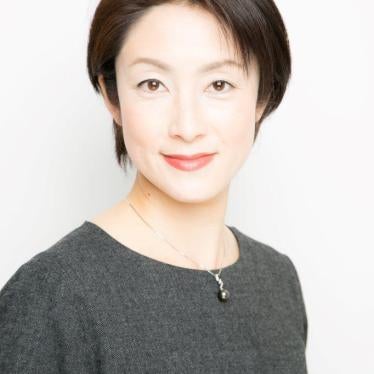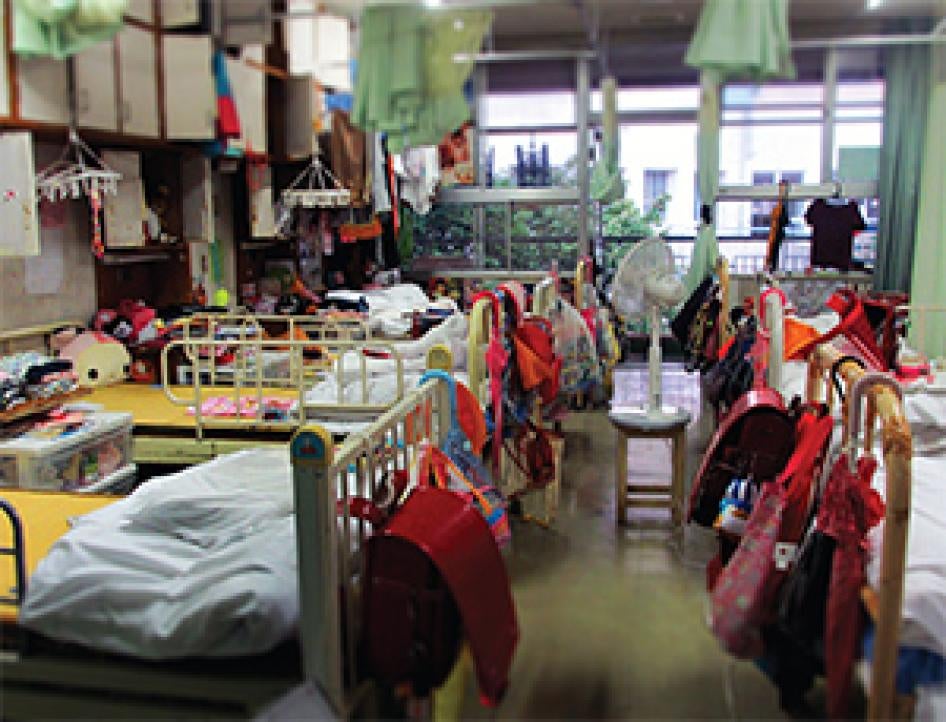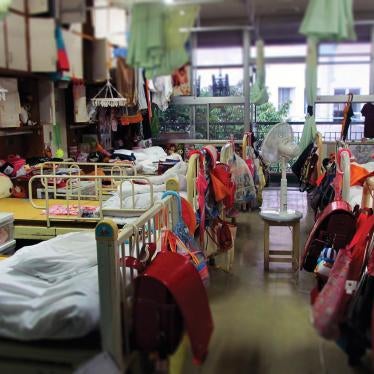A month ago on July 26, a 26-year-old man stabbed 19 men and women to death and wounded another 26 as they slept in a state-funded institution in Sagamihara, southwest of Tokyo.
We do not know much about the victims. We only know the dead included 10 women and 9 men between the ages of 19 and 70 -- and, that each had a disability. No names have been provided, no photographs published, nothing to recognize them as individuals. Who were they? Did they go to school? Were they employed? Did they have families? Why were they in an institution and not living independently in their communities? What did their future hold before their lives were taken from them?
Mass killings are extremely rare in Japan. The last one was in 2008, when a man drove a truck into a crowd and began randomly stabbing people in Tokyo. Seven people died. In 2001, eight children were stabbed to death at their school in Osaka. In both of these incidents, the victims were identified. Their communities and the public learned who they were: their names, their ages, whether they went to school or had jobs, what they enjoyed doing.
However, the victims of the recent attack -- called the worst mass killing in Japan since World War II --remain anonymous. Media reports said that police decided not to disclose their names because they had disabilities and the families preferred not to identify them. The decision may protect the families’ privacy, but at what cost?
In Japan, men, women, and children with disabilities often live in isolation, separated from their families and communities, kept away from the public. Human Rights Watch has documented that a high proportion of children living in Japanese institutions have disabilities. In some cases, they live in institutions and commute to special-needs schools for children with disabilities, depriving them of the opportunity to study with peers from their own communities. Other children were in so-called short-term therapeutic institutions, which in many cases they couldn’t leave, not even for school.
Sadly, the practice of confining people with disabilities in institutions is not limited to Japan. We have documented how people with disabilities are locked up, neglected, and ill-treated in Croatia, India, Serbia and Russia as well. They are hidden away and their situation and conditions rarely come to light.
Moments after his stabbing spree, the suspect, Satoshi Uematsu, was quoted as saying, “It is better that disabled people disappear.” With the government’s decision to leave these individual victims faceless, they not only disappeared. It is as if they never existed. The victims of this horrendous act should not disappear and their lives should no longer remain invisible.
This is all the more true because previous victims of mass killings in Japan were randomly chosen. These people were not. They were targeted because they had a disability.
Following the killings, Prime Minister Shinzo Abe and the chief cabinet secretary, Yoshihide Suga promised that the government would make every effort to discover what happened and prevent a recurrence. The Welfare Ministry said it would draw up guidelines for security measures at institutions, including installation of security cameras and emergency call systems to enable quick access to police and security companies.
While recognizing the need to improve the safety of people with disabilities, Japan needs to make fundamental changes on a broader level.
In 2014, Japan ratified the United Nations Convention on the Rights of Persons with Disabilities, an international treaty that obligates Japan to ensure that people with disabilities are not discriminated against and enjoy the same human rights as everyone else. This includes not being locked away. It includes the right to live independently and be included in the community. At its core is the dignity and equality of every human being.
For that to happen, the Japanese government should take active steps to support efforts to remember the people who were killed in Sagamihara and deal head-on with the stigma against people with disabilities. People with disabilities should first and foremost be recognized as people—indeed as people with individual abilities, interests, wishes and needs. They should be valued while alive, and have an opportunity to live in shared neighborhoods, go to the same schools, work alongside everyone else.
Japan should make sure that everyone with a disability has the possibility of living independently in the community. The government should invest in community-based services to empower and support people with disabilities. Without these efforts, people with disabilities will continue to live in the shadows in life and in death.
Kanae Doi is Japan director at Human Rights Watch and Emina Ćerimović is a disability rights researcher at Human Rights Watch.








